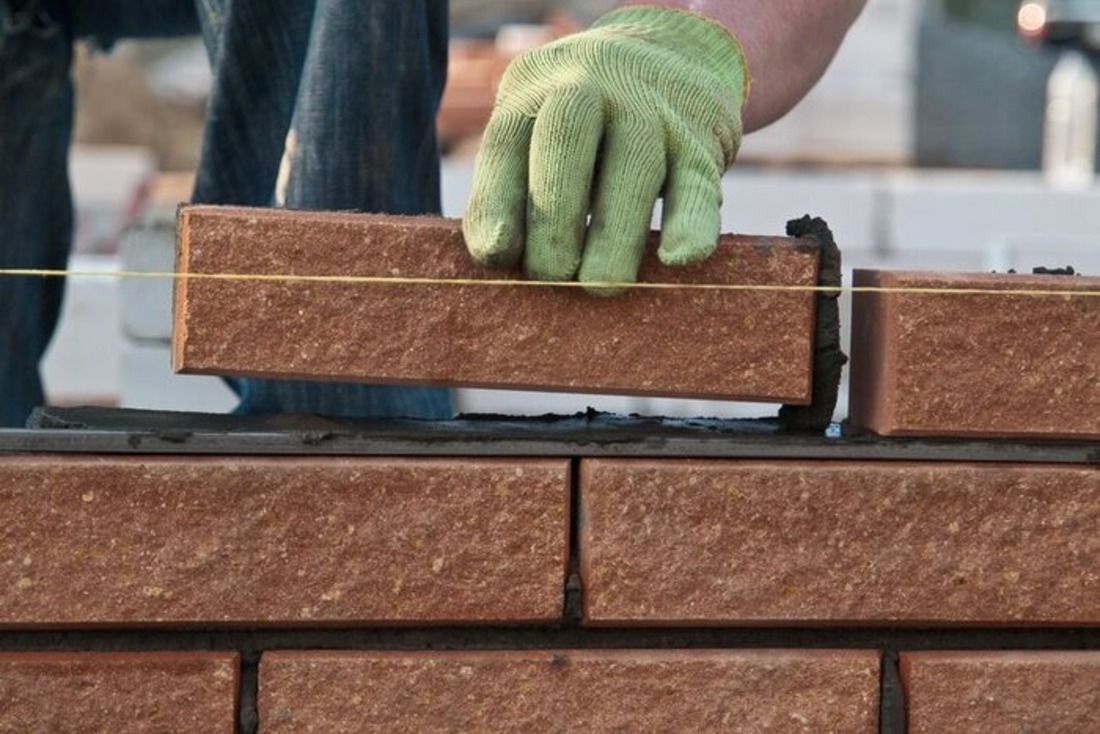1. What kind of glue is suitable for a gas block?
For laying gas blocks, it is necessary to use cement-based glue, which is suitable for internal and external application.
2. How much glue is needed for 1 cube of aerated concrete?
The glue consumption per 1 cubic meter of aerated concrete is about 25 kg. In more detail, you can get acquainted with the consumption of glue in those. the Teknofay 500 material map.
3. What to use when laying a gas block?
When laying the gas block, special cement-based adhesive compositions with polymer additives are used, which makes it possible to securely fasten the materials without applying a thick layer of adhesive mixture.
4. What mixture should I use to lay a brick?
In order to achieve a durable, solid wall, it is better to put a brick not on a homemade cement composition, but on a special factory glue based on cement, which includes special binders to ensure excellent fixation of brick blocks.
5. Is it possible to put a brick on tile glue?
It is possible to use tile glue for laying bricks, but manufacturers of building chemicals materials do not recommend doing this. For bricklaying, special adhesive compositions are produced, for example, Teknofay 500, which provide a more reliable fixation of brick blocks.
6. Is it possible to put a brick on glue foam?
Foam glue is a material that is suitable for bricklaying, but if it is not about load-bearing walls. The use of a special cement-based adhesive compound will provide better strength of the brick wall.
7. How to prepare a solution for laying red bricks?
Pour Teknofay 500 dry powder into a container with water and mix the composition with a mixer for 5 minutes, let it brew for 3 minutes and mix again.



_117_1748247133.png)


 25_105_1748004896.png)
